1954 was 51 years after the Wright brothers first left the ground at Kittyhawk. It was less than a decade after the guns of World War II fell silent. Toward the end of WWII, German Me-262 jet fighters had transformed the skies over Europe. The arrival of jet-powered fighter interceptors signaled a sea change in aerial combat. In 1954, aviation savant Kelly Johnson debuted the F-104 Starfighter. Lockheed’s “Missile with a Man in It” promised to change everything about air combat yet again.
Kelly Johnson was a legitimate genius. He helped bring us such groundbreaking designs as Amelia Earhart’s Lockheed Electra, the P-38 Lightning, the L-1049 Super Constellation, the P-80 Shooting Star, the C-130 Hercules, and the U-2 spy plane. He was also instrumental in the design of the F-117 Nighthawk stealth fighter.
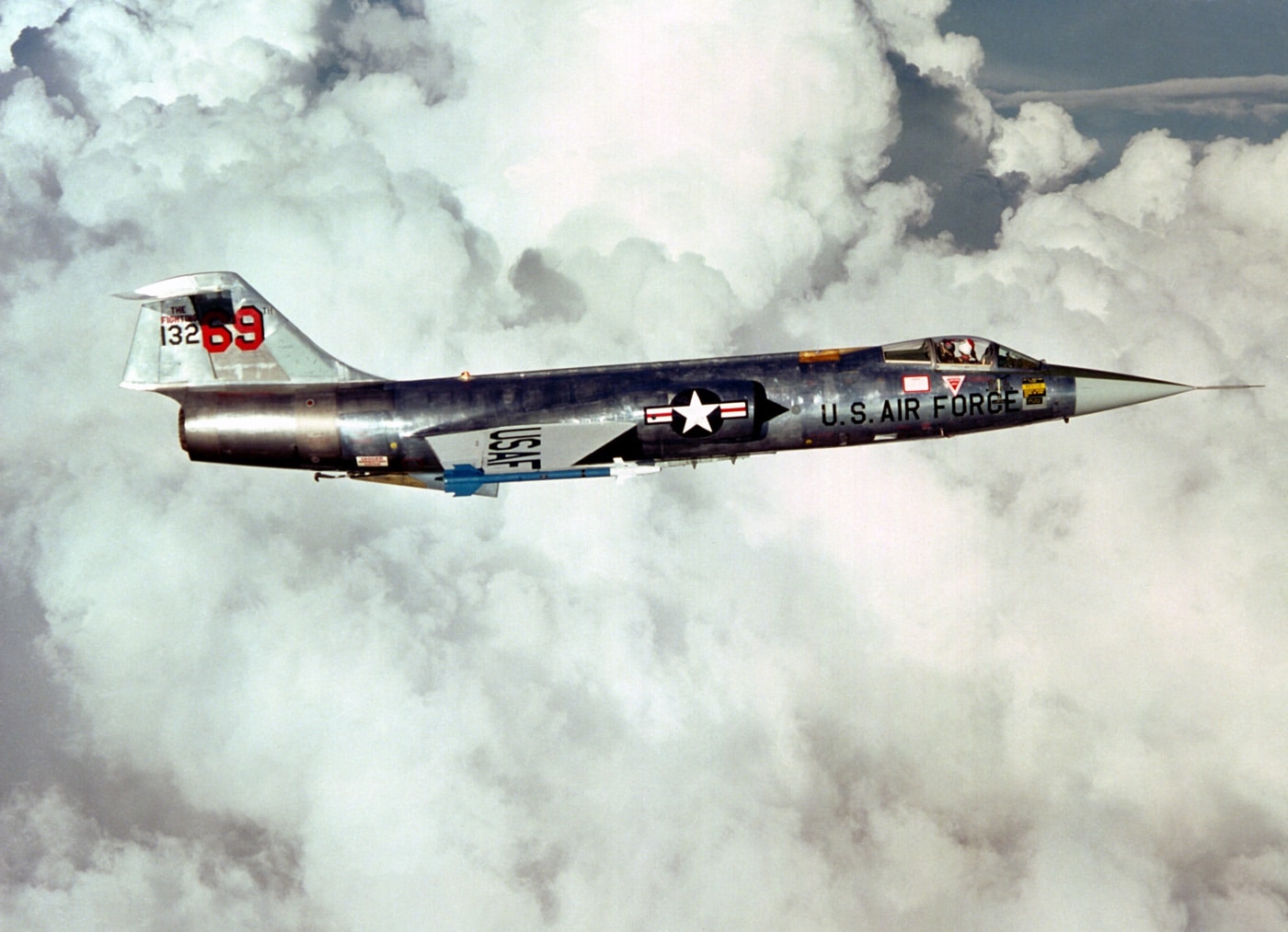
Johnson worked on the Model 9D Orion in 1931, the first airliner with retractable landing gear. He also drove the development of the enigmatic SR-71 Blackbird spy plane, arguably the sexiest flying machine ever to take to the air. Nobody else even comes close.
Origin Story
One of Johnson’s most controversial designs was the F-104 Starfighter. Originally contrived as a high-speed day interceptor, the plane was eventually adapted for a wide variety of missions. It was produced by the most extensive international manufacturing consortium in aviation history at the time. A total of 2,578 copies saw service with 15 different air forces. Anchoring the legendary “Century Series” of American fighter aircraft that included the F-100 Super Sabre, F-101 Voodoo, F-102 Delta Dagger, F-105 Thunderchief, and the F-106 Delta Dart, the Starfighter was a wonderfully horrible airplane.
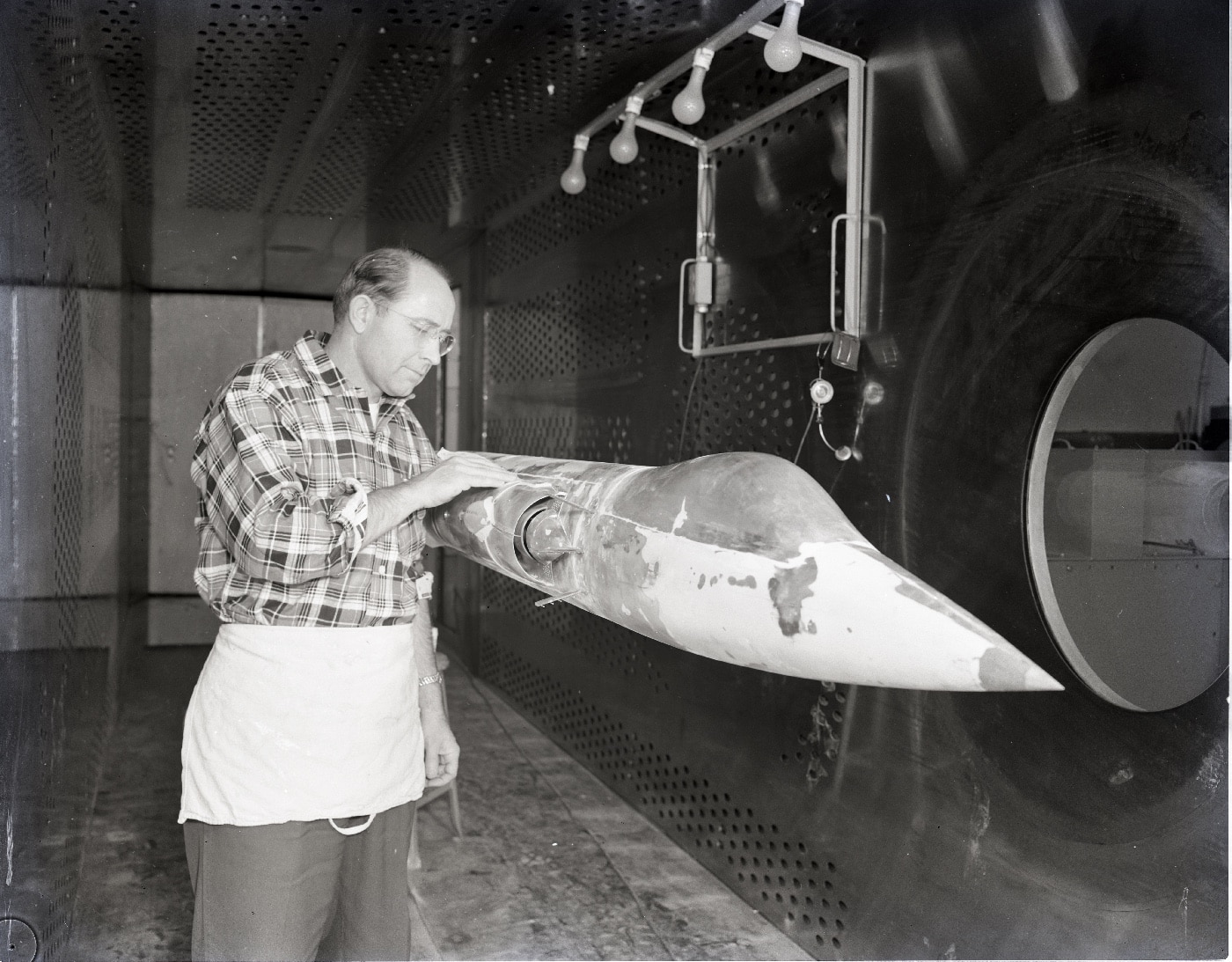
The F-104, unlike many of the increasingly complex and heavy fighter aircraft that characterized the era, was designed to be relatively cheap, simple and easy to make. The plane was built around a single rugged GE J79 engine. The subsequent F-4 Phantom II utilized a pair of these powerful engines. The F-104 was also the first fighter aircraft to employ the M61 Vulcan 20mm rotary cannon. The M61 was used in other aircraft including the AC-119K Stinger, AC-130 Spectre gunship and aforementioned F-4.
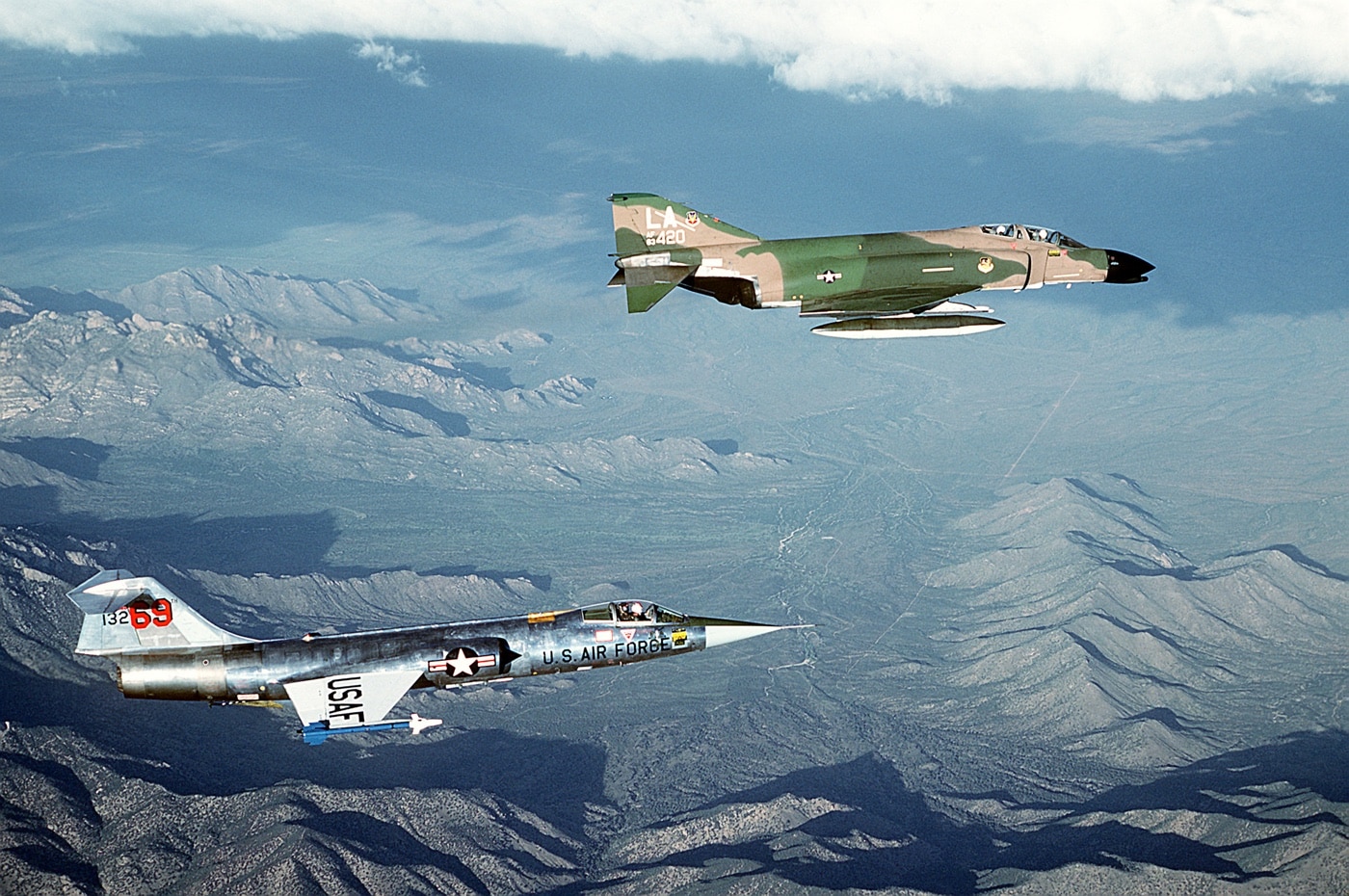
In 1951, Kelly Johnson interviewed a number of American fighter pilots who had faced off against North Korean MiGs. These fighter jocks, to a man, coveted more speed. In the rapidly evolving world of aerial combat, speed was life. Kelly Johnson ably answered that call.
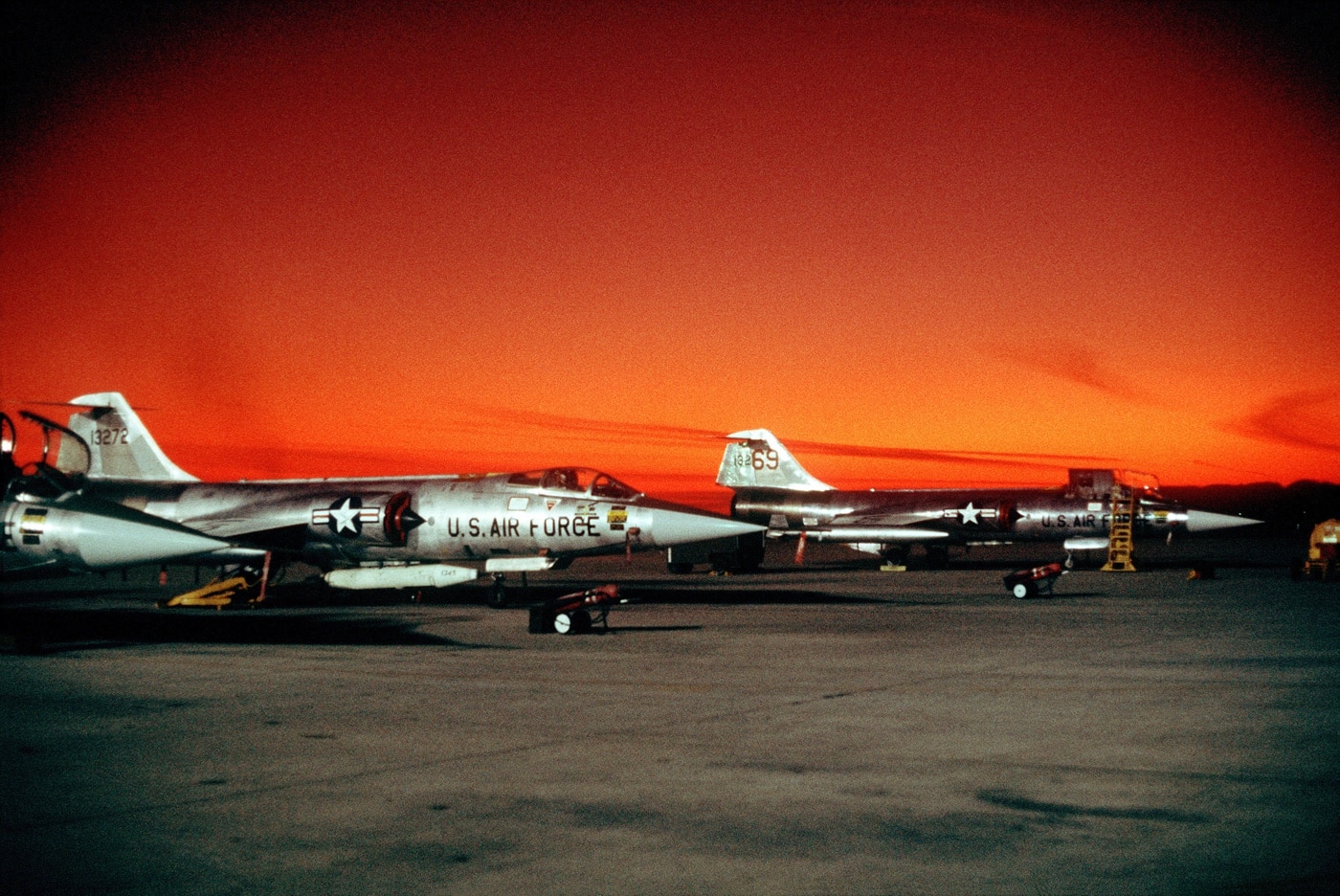
The F-104 was really just a big honking engine with a pair of tiny little wings on the side. In fact, the diminutive wings of the F-104 were so thin and so sharp that protective covers were installed on the leading edges to prevent injuries during ground handling. The hydraulic cylinders that drove the ailerons had to be less than one inch wide to fit. I have run my fingers along the leading edge of a set of F-104 wings. They are indeed wicked.
Aviating 101
While fast airplanes are great for shoot-and-scoot air combat, they make for difficult machines to take off and land. After having been out of the cockpit for some 20 years following my departure from military aviation, I found that I had the itch to fly again. I subsequently bought a Piper Tomahawk — an old, slow, cheap airplane. The Tomahawk is designed to be docile and forgiving. It is the airplane that will just barely kill you. It stalls at 49 knots (or 56 mph) and cruises at around twice that.
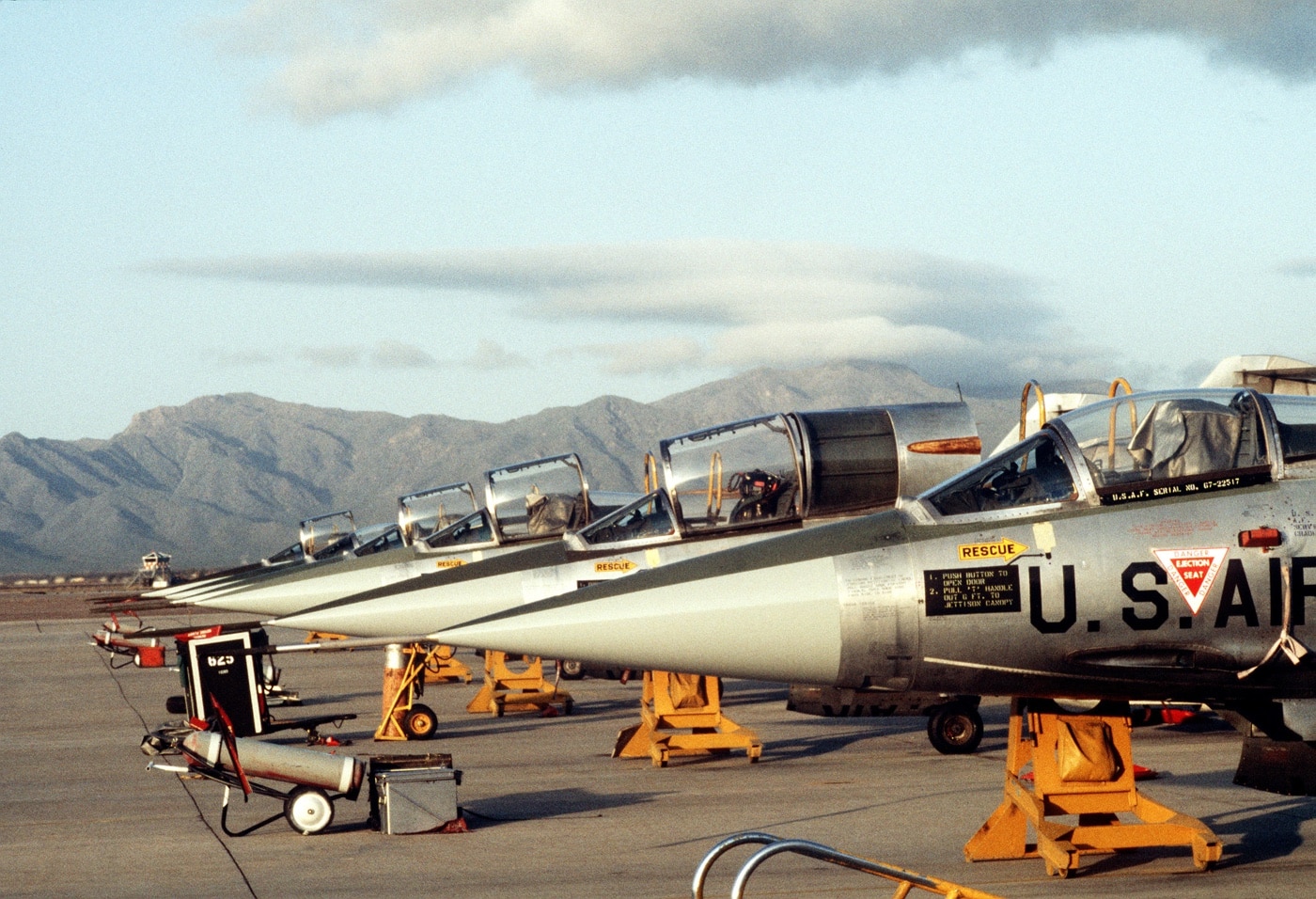
After flying that old Tomahawk for a couple of years it was time to trade up. My next airplane was a Vans RV-6A. The RV-6A is fully half again faster than the Tomahawk. Faster airplanes are more fun. However, they also offer less time to react.
By contrast, the F-104 tops out at Mach 2.1, or 1,550 miles per hour. The Starfighter stalls at 198 miles per hour and lands at 186. You typically landed an F-104 at around 82% of available power. The high speeds that resulted from that massive engine and those tiny little wings made for a whole lot of dead pilots. Now, hold that thought…
Technical Details
The F-104 was undeniably capable. In 1958, the Starfighter became the first airplane in history to hold the world records for airspeed, altitude and time-to-climb simultaneously. That kind of performance stemmed from the plane’s powerful engine, trim design and unconventional tall T-tail.
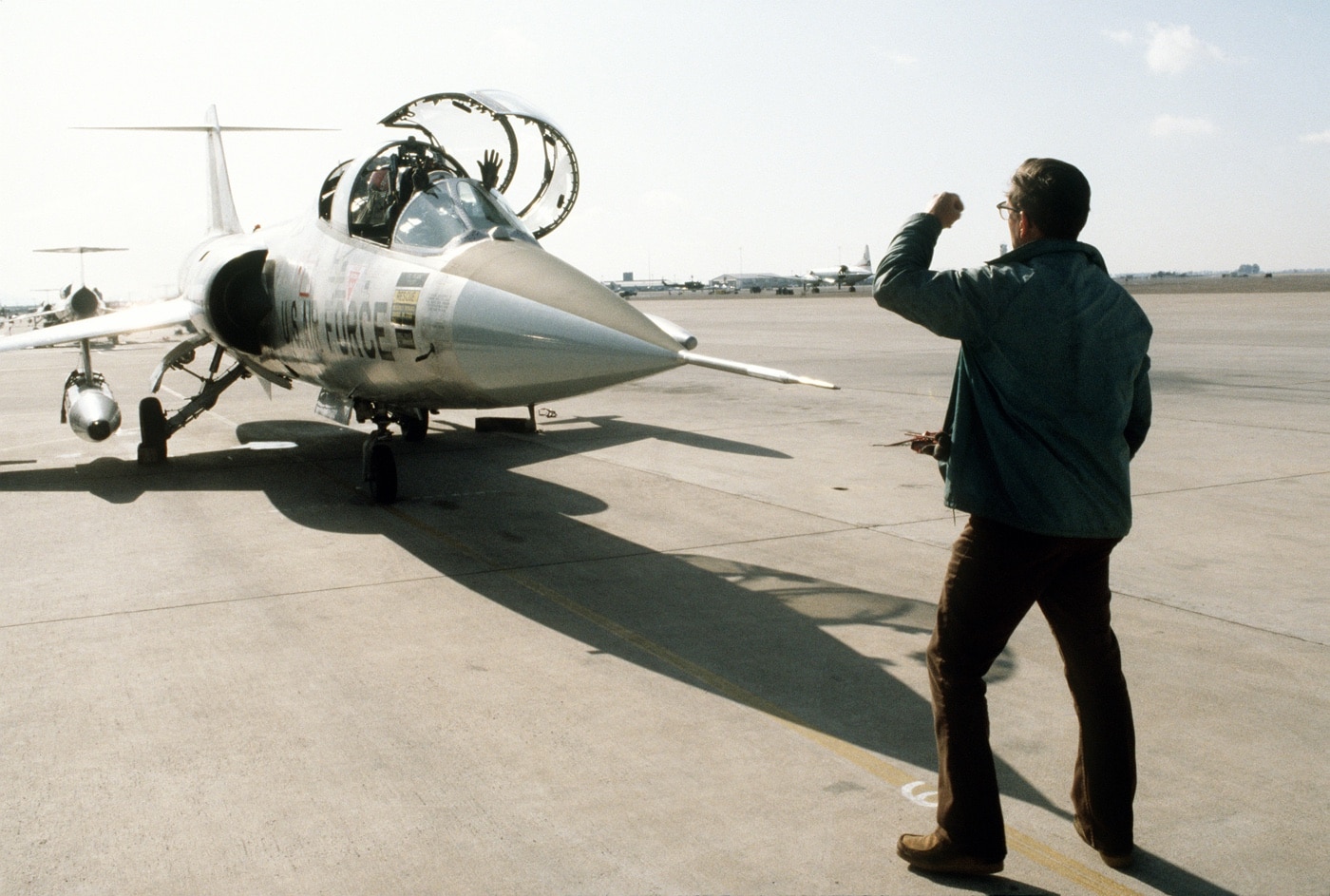
The tail design was always an issue. In fact, the first ejection system in the F-104 fired downward. 21 pilots died before Lockheed engineers figured out a way to make the seat eject upward and still clear that towering empennage.
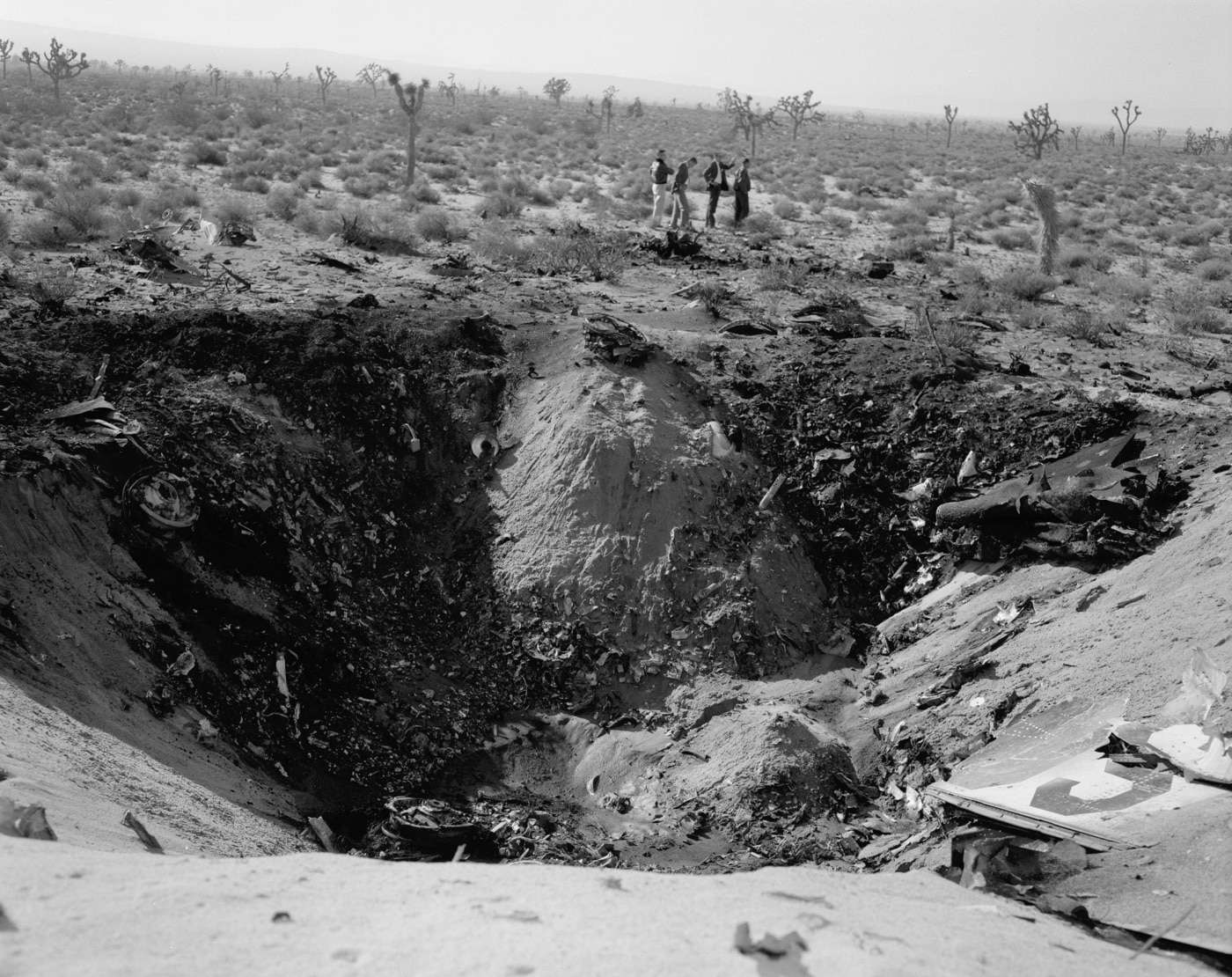
While the F-104 was originally designed as a day interceptor, upgrades eventually expanded the plane’s roles to include ground attack and all-weather air superiority missions. To accommodate the additional ordnance and avionics, the airframe was both lengthened and strengthened. Once the plane fully matured, the world took notice.
Foreign Sales, and Safety
The F-104 was used operationally by Belgium, Canada, Denmark, Germany, Greece, Italy, Japan, Jordan, Netherlands, Norway, Pakistan, Spain, Taiwan, Turkey and the U.S. There are currently 14 flyable examples in private hands in the U.S. today. In addition to Lockheed, the F-104 was produced in Canada by Canadair and in Europe by a broad consortium of multinational companies.
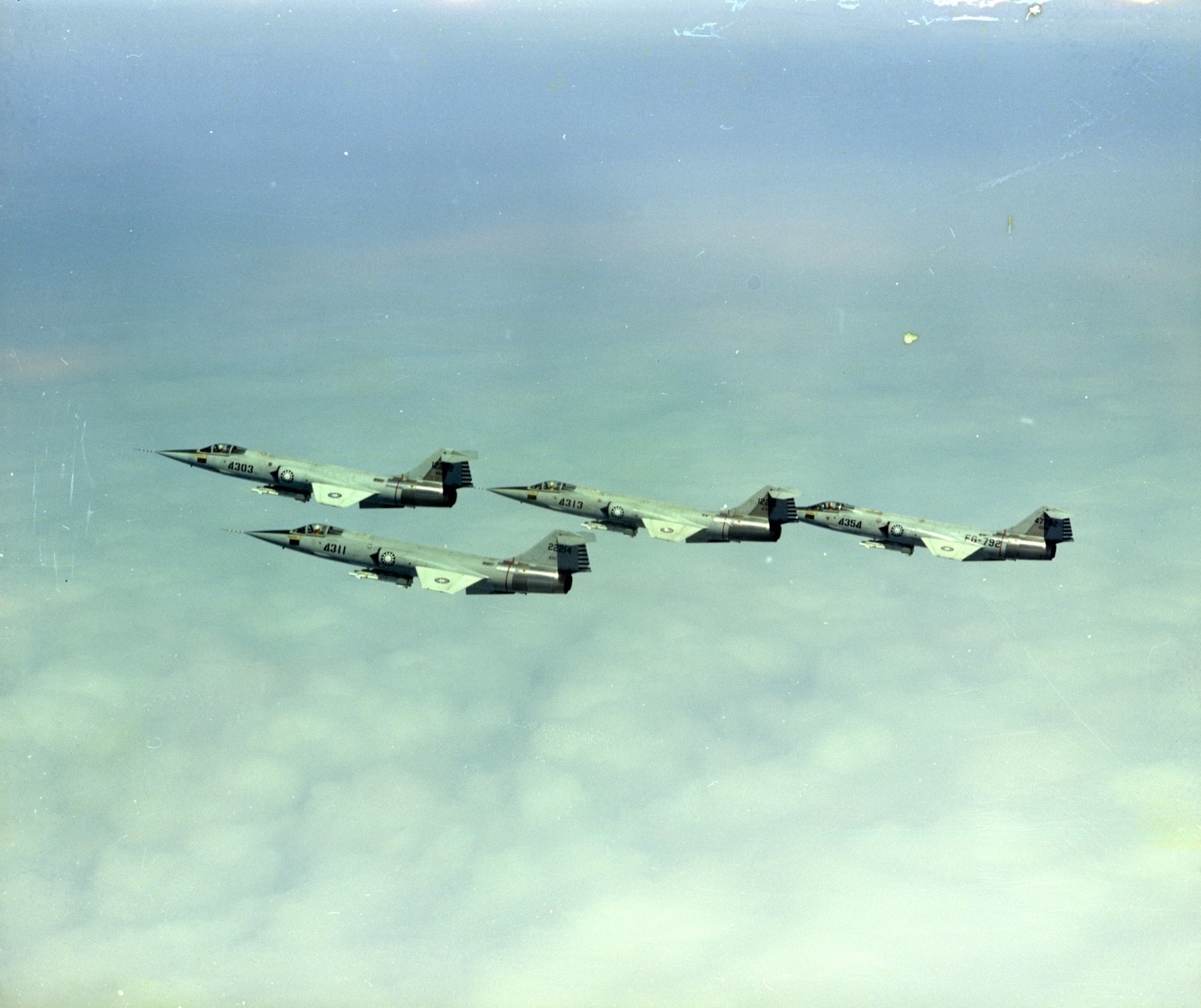
The F-104 saw fairly extensive service in Vietnam. This was mostly as fighter escort for EC-121D Warning Star airborne radar aircraft. The Starfighter flew some 5,206 combat sorites in Vietnam for the loss of 14 airframes.
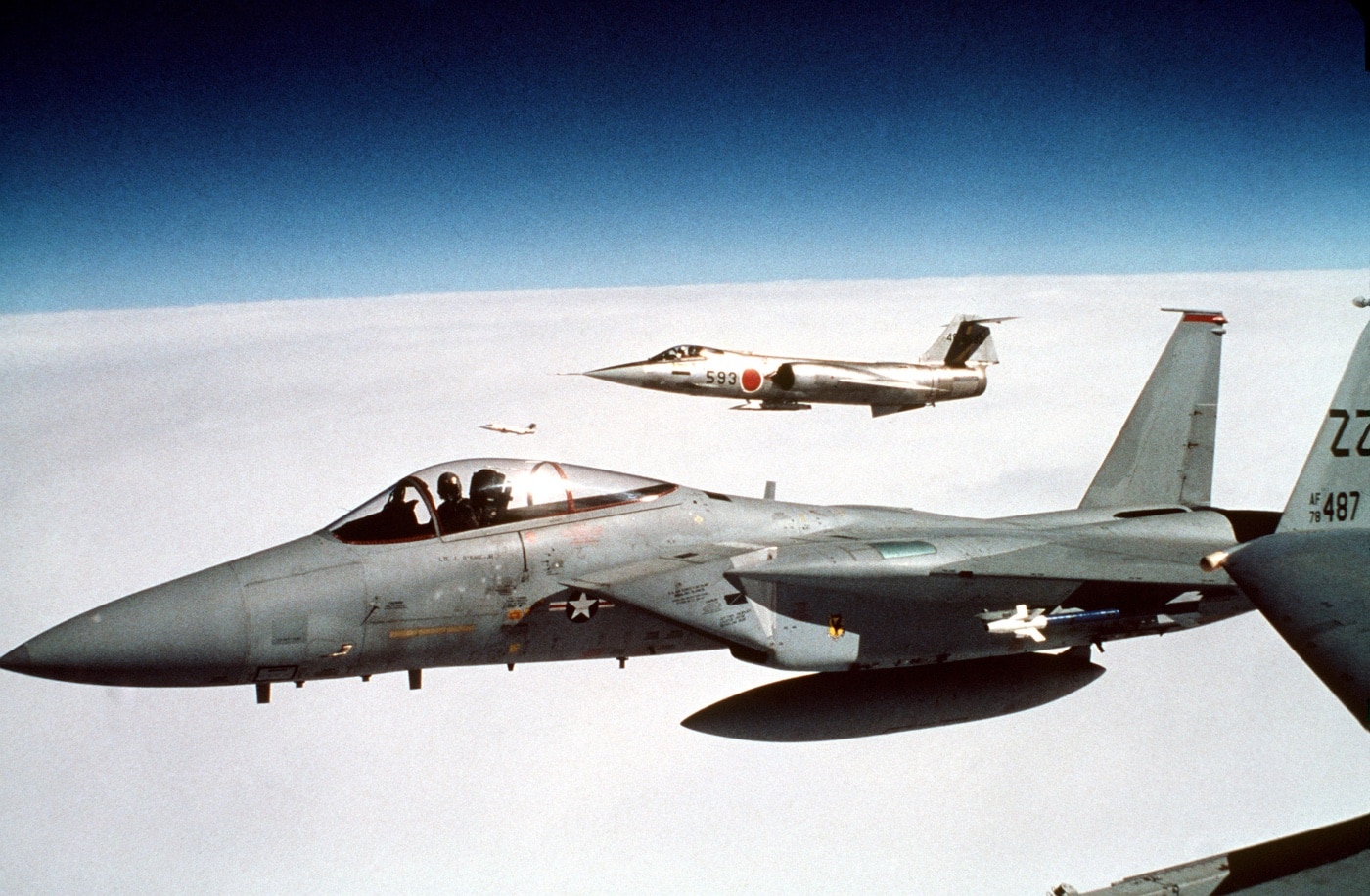
The most prolific user of the F-104 in combat was Pakistan. Pakistani Starfighters gave a good accounting of themselves in action against their neighbors in India. However, the F-104 was still a horribly dangerous airplane to fly, even if there wasn’t anybody shooting at you.
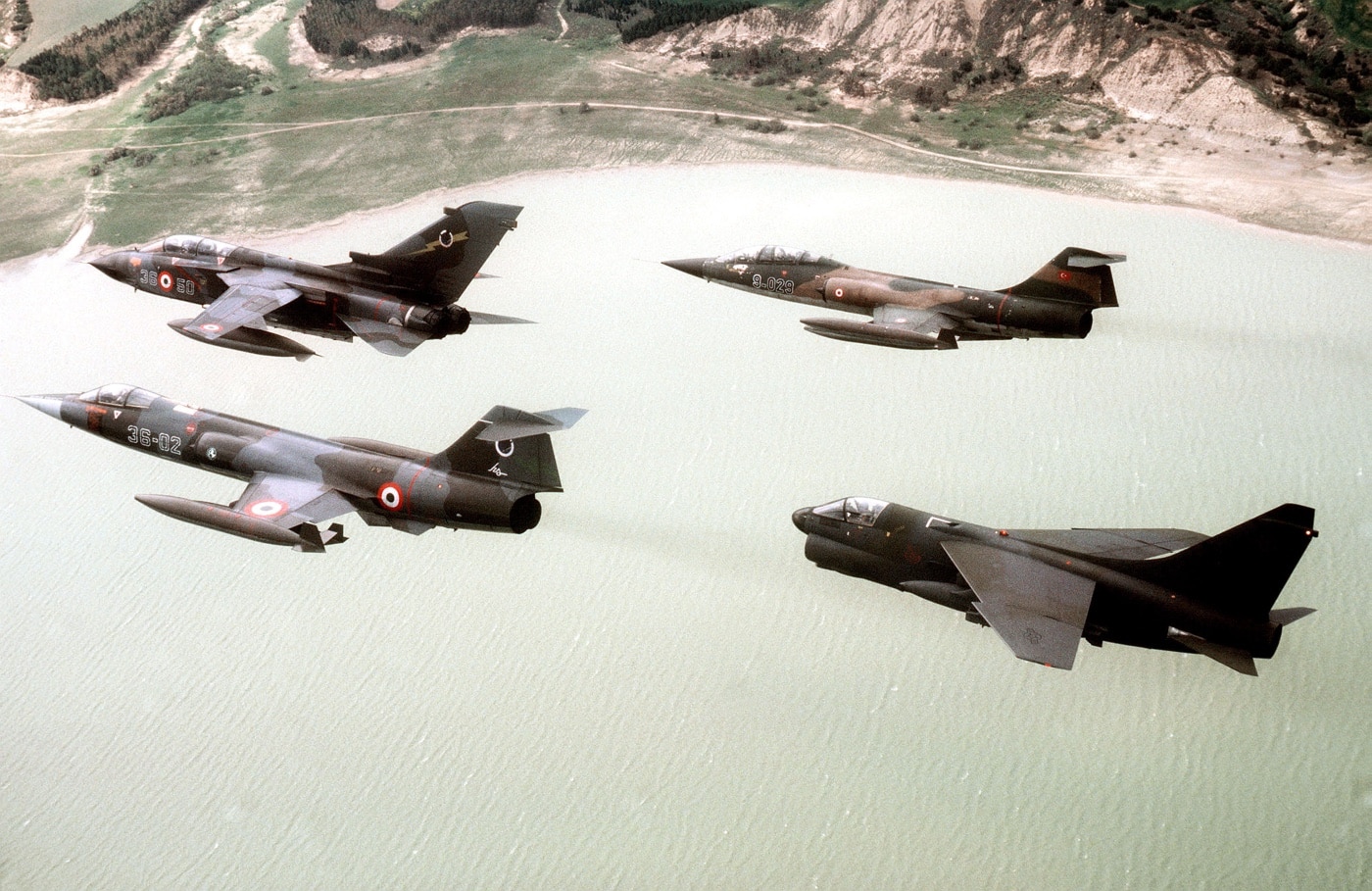
292 of a total of 916 West German Starfighters were lost to accidents. The U.S.A.F. crashed 25.2 airplanes per 100,000 flight hours. Overall loss rates among allied operators were 41% for Belgium, 37% for Italy, 14% for Norway, 24% for Denmark, and 46% for Canada. That is objectively horrible.
Ruminations
Erich Hartmann, the leading fighter ace of all time with 352 aerial victories, entered the West German Air Force after his internment in Russia following World War II. In this capacity, Hartmann commanded one of the West Germany’s first jet fighter wings. He declared the Starfighter unsafe for Luftwaffe use even before it was formally adopted.
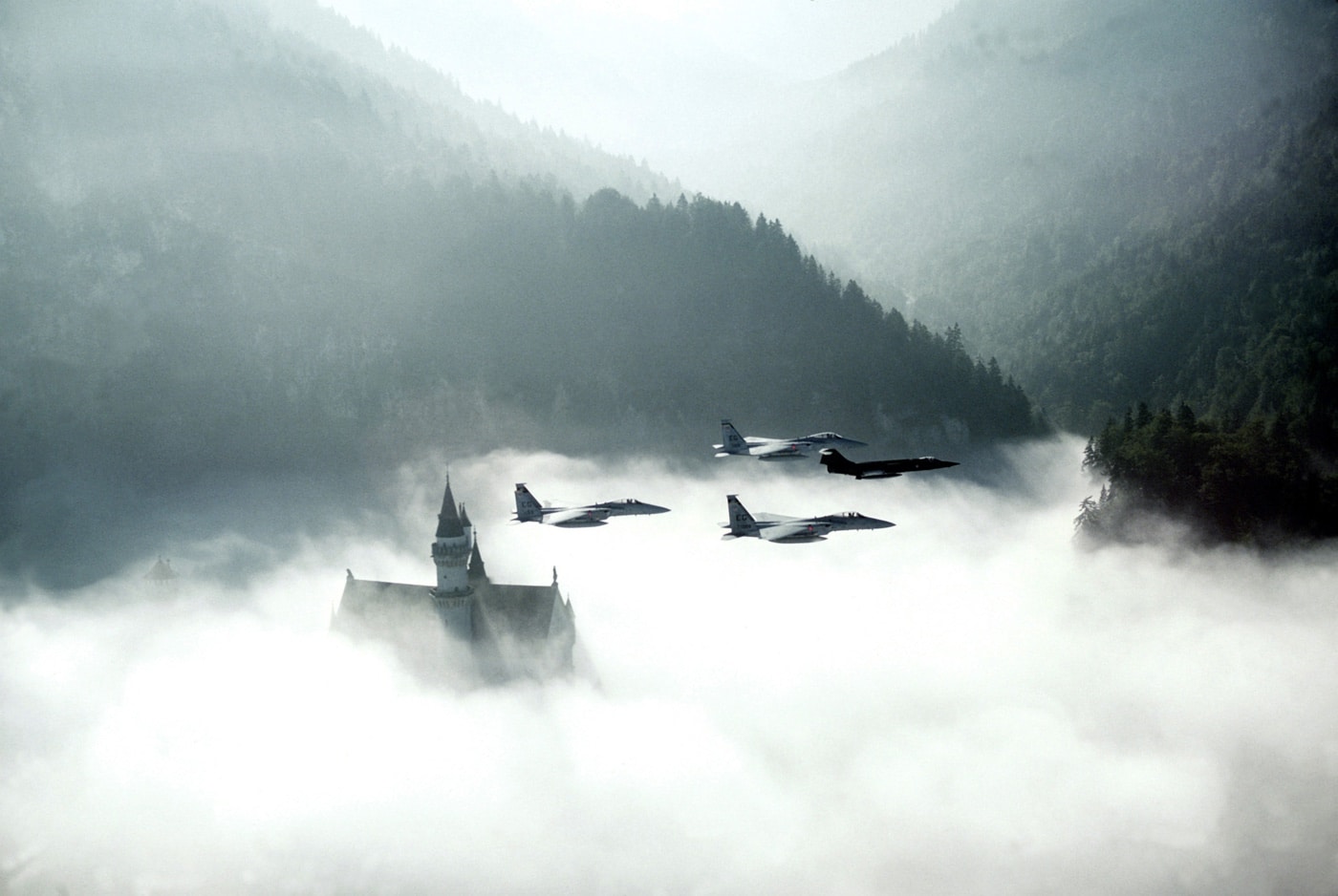
Chuck Yeager lost the tips of two fingers when he ejected out of a stricken F-104 during a high-altitude record attempt. A midair collision between a Starfighter and the XB70 Valkyrie deep-penetration supersonic bomber in 1966 helped drive the coffin nail into that project. It’s tough to gauge an airplane a success when so many were lost to accidents.
The Germans called the plane the Witwenmacher (widowmaker), Fliegender Sarg (flying coffin), or Erdnagel (tent peg). Canadian pilots christened the aircraft the Aluminum Death Tube. Regardless, the F-104 was still a critical steppingstone to the immensely capable multirole combat aircraft in service today. Fast, powerful, unforgiving, and dangerous, the Starfighter was nonetheless one undeniably cool airplane.
Editor’s Note: Please be sure to check out The Armory Life Forum, where you can comment about our daily articles, as well as just talk guns and gear. Click the “Go To Forum Thread” link below to jump in!
Read the full article here

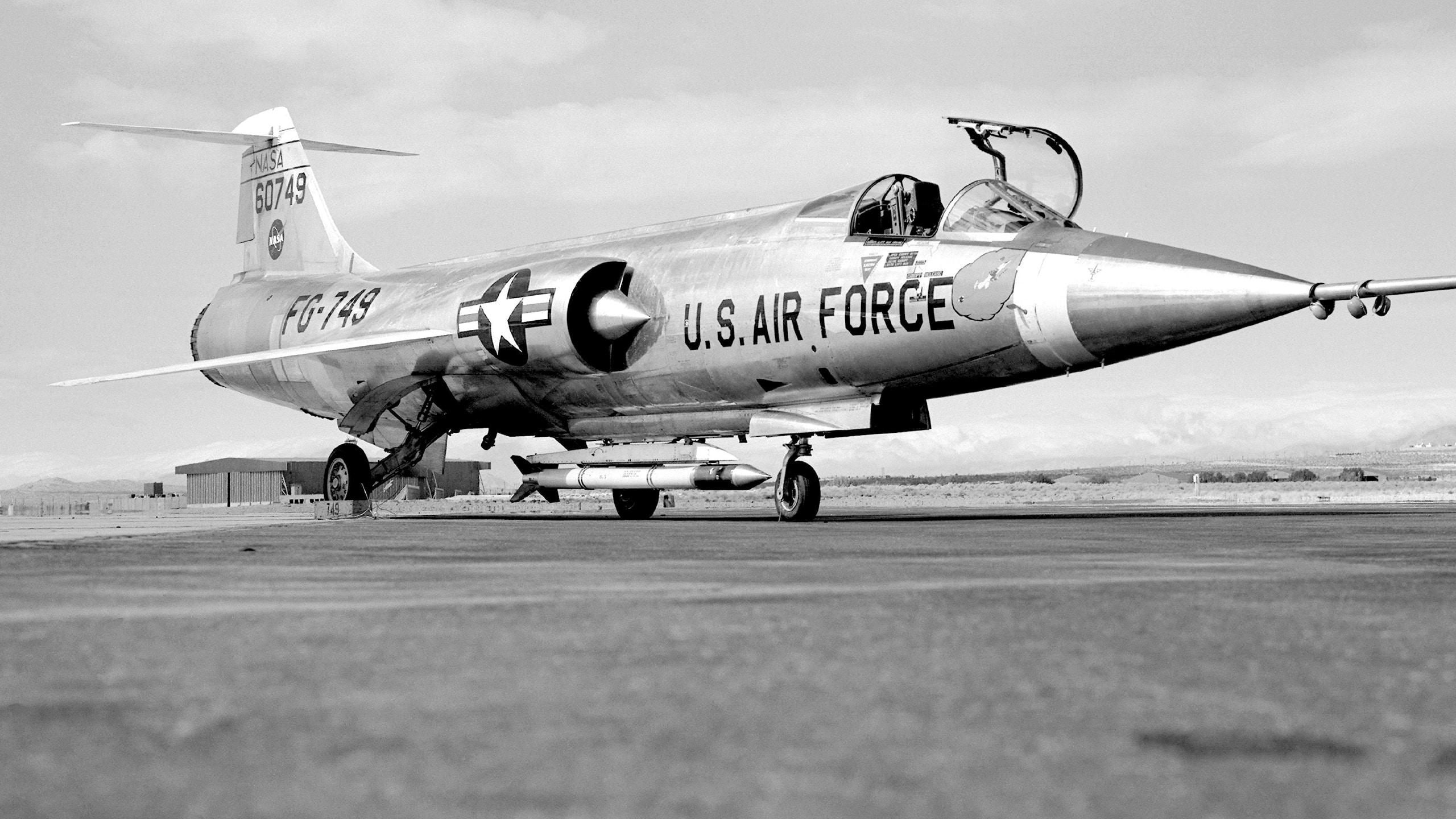

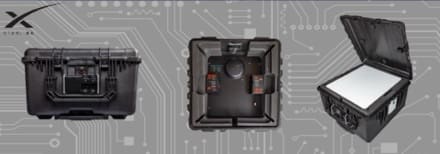
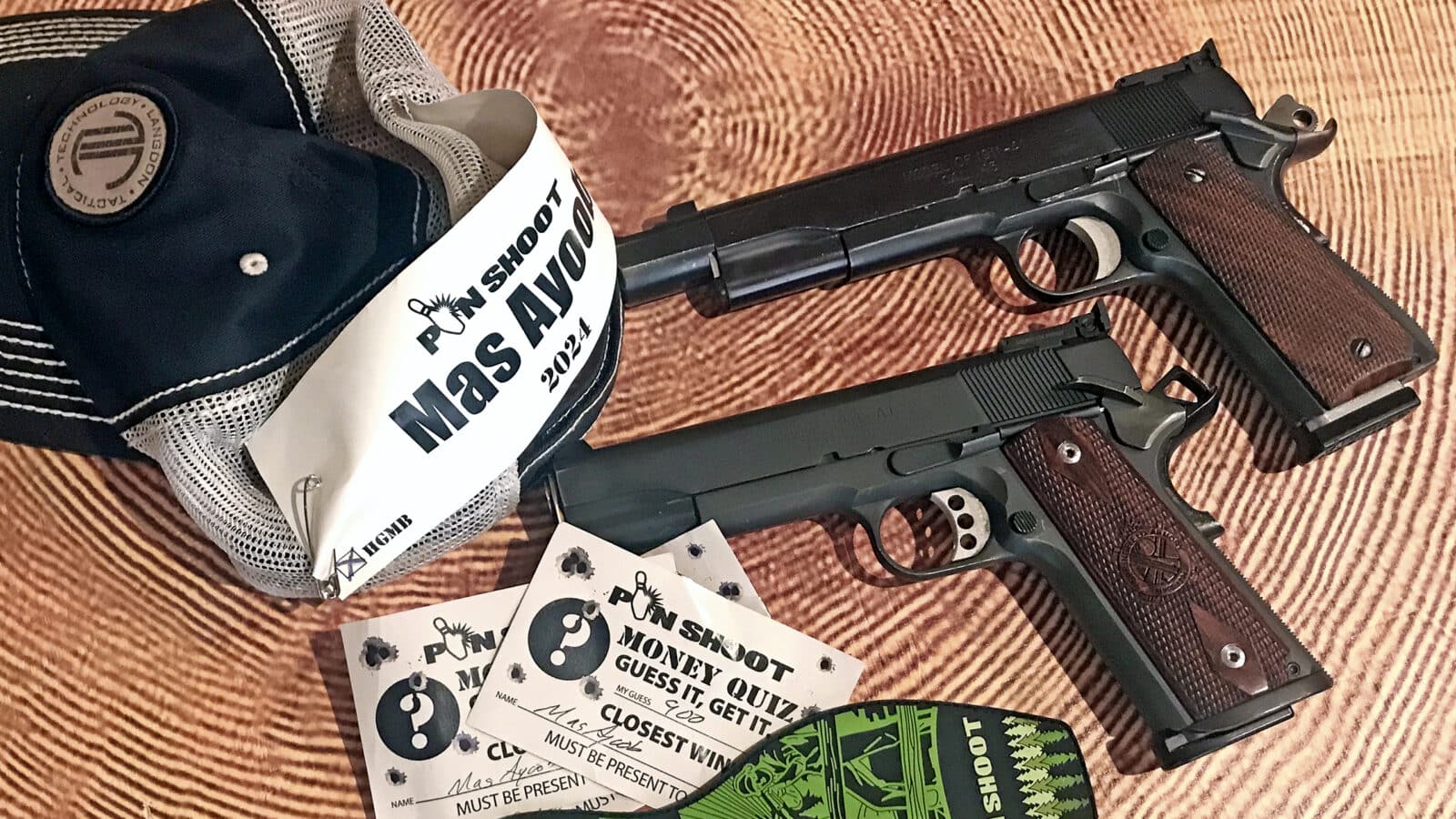
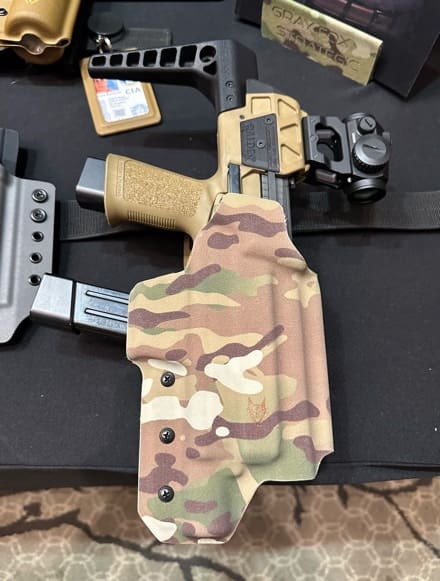
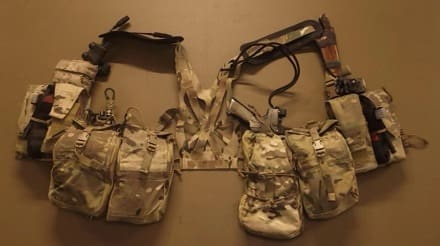
Leave a Reply